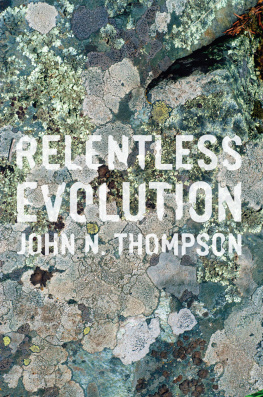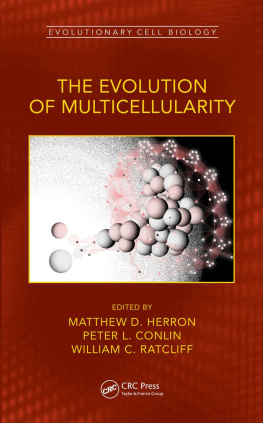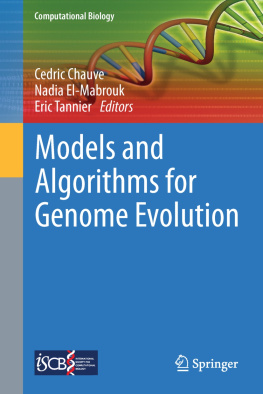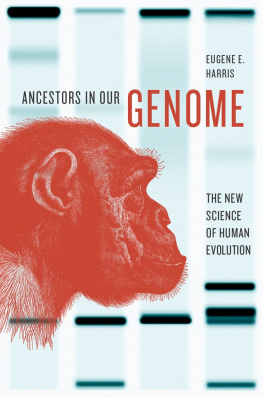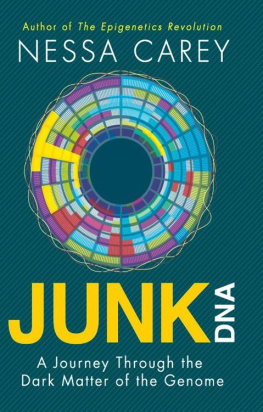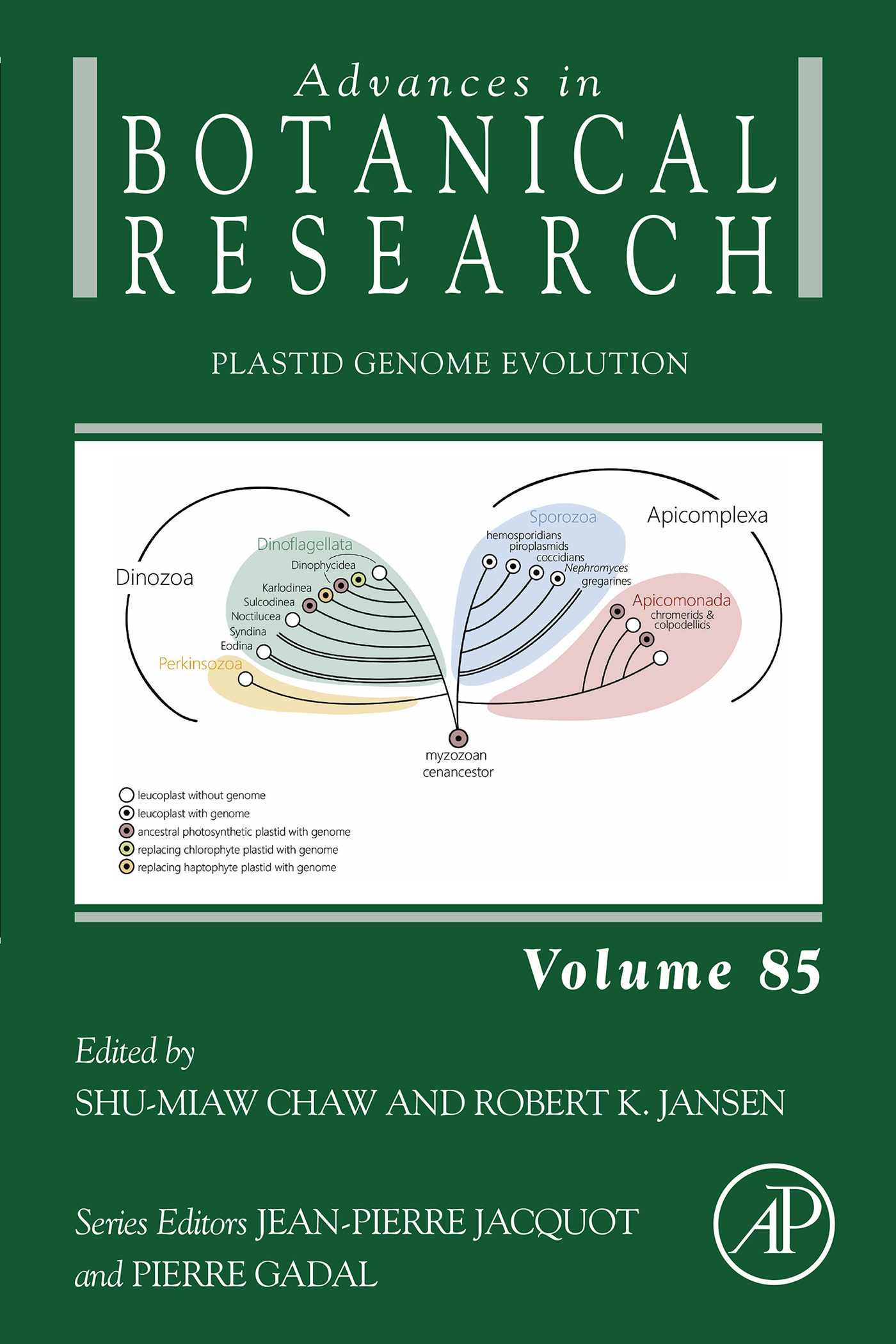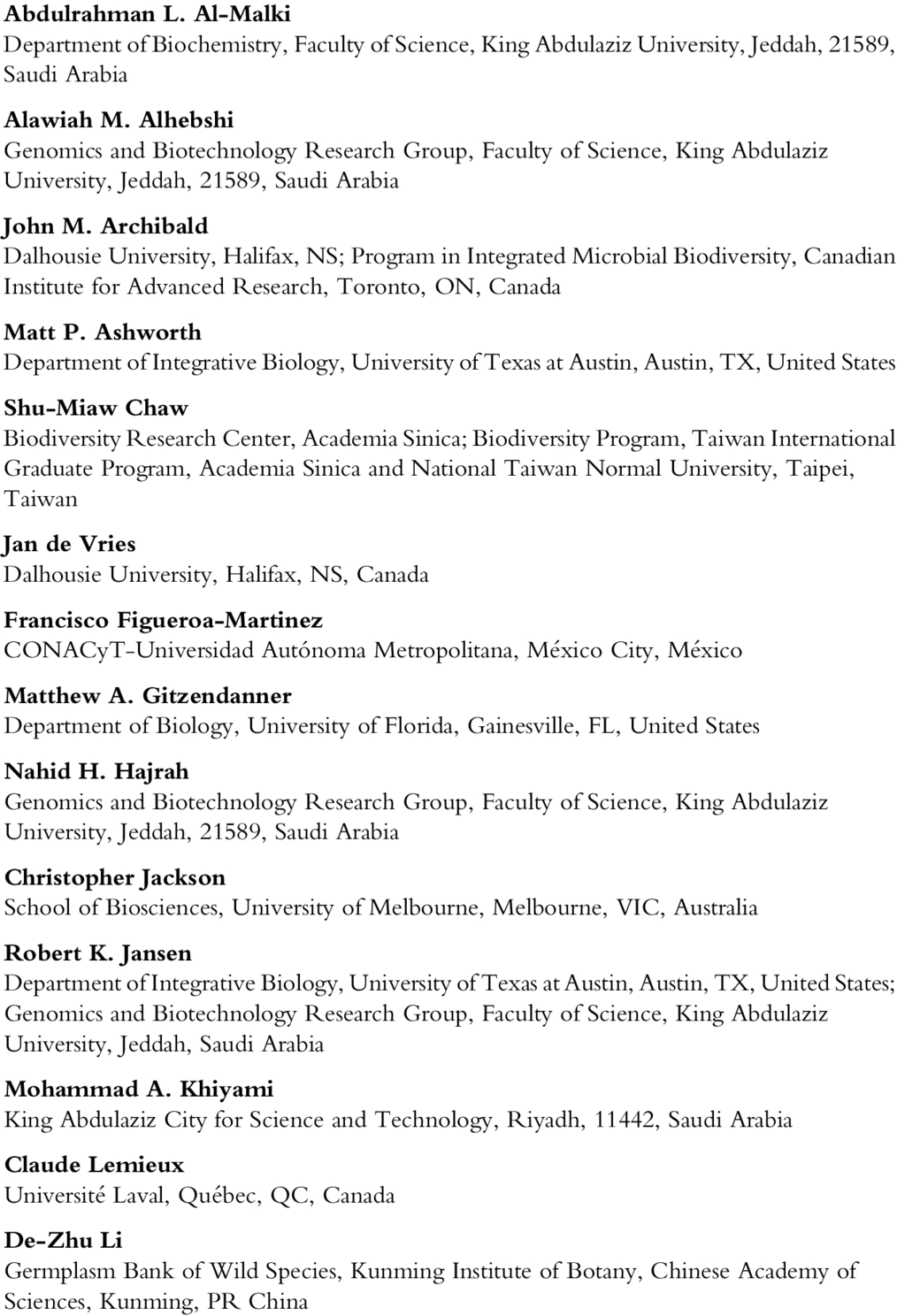Plastid Genome Evolution
First Edition
Shu-Miaw Chaw
Biodiversity Research Center, Academia Sinica
Biodiversity Program, Taiwan International, Graduate Program, Academia Sinica and National Taiwan, Normal University, Taipei, Taiwan
Robert K. Jansen
Department of Integrative Biology, University of Texas at Austin, Austin, TX, United States
Genomics and Biotechnology Research Group, Faculty of Science, King Abdulaziz University, Jeddah, Saudi Arabia

Copyright
Contributors
Preface
Shu-Miaw Chaw; Robert K. Jansen, Taipei and Austin
In plants the plastids are almost certainly to be regarded as differentiations of protoplasmic substance
K. Mereschkowsky 1905; English translation by
Prior to the invention of electron microscope in 1931, a prominent Russian biologist and botanist named Konstantin Sergeevich Mereschkowski proposed the endosymbiotic origin of cell organelles in a 1905 publication. More than 60 years passed before Lynn Margulis revisited Mereschkowsky's unprecedented hypothesis, and eventually biologists began to accept that the plastid descended from an ancestor of extant cyanobacteria. To manufacture carbohydrates, and concomitantly release oxygen, photosynthetic plastids (i.e. the chloroplasts) capture energy from sunlight and combine that energy with carbon dioxide and water. Plastid genomes, referred to as plastomes in this book, encode many key proteins that are not only vital for regulation of photosynthesis but also play fundamental roles in the synthesis of nucleotides, amino acids, fatty acids and numerous primary metabolites as well as secondary compounds. Therefore, plastomes are crucial to the development of photosynthetic eukaryotes and to their interactions with the environment. In the past decade, advances in high-throughput sequencing technologies have expedited the accumulation of plastome sequences for examining their evolution, the function of plastid-encoded genes and their interaction with nuclear genes. Information about the organization and evolution of plastomes has also played a crucial role in plastid genetic engineering to enhance crop species and to produce pharmaceuticals. Finally, plastome data have played a pivotal role in resolving the phylogeny of photosynthetic organisms.
This book brings together expert contributors who have been working on plastid genome variation and evolution across photosynthetic eukaryotes. The topics range from the diversified plastome architecture of single-celled photosynthetic eukaryotes to seed plants; from the causes and consequences of genomic diversity to the phylogenetic utility of plastomic sequences for resolving relationships across the photosynthetic tree of life. Presently over 41,000 complete plastome sequences (as of April 27, 2017) are available in the National Center for Biotechnology Information (NCBI) organelle genome database. Novel software and comparative plastomics have modified our views on plastome architecture and made tremendous contributions to the resolution of evolutionary relationships within many clades. In terms of plastome organization it is now widely recognized that plastomes are not predominantly circular but instead occur as linear and/or branched molecules that can form more complex multisubunit structural variants that can recombine. Moreover, dominant and subdominant forms have been detected in a number of seed plant lineages. There have been several recent examples of invasion of foreign DNA from the mitochondrion into the plastome, a phenomenon that is likely to be more prevalent as additional plastomes are sequenced. Plastome data have also been instrumental in identifying the earliest diverging flowering plant as Amborella , a problem that had vexed plant scientists since Darwin referred to it as an abominable mystery. This volume presents novel insights into this exciting field from leading experts in plastome evolution, including a comprehensive coverage of plastid genome variation in a broad range of taxonomic groups, from protists and multicellular algae to the major clades of land plants. Plant scientists and students in the fields of molecular biology, biotechnology, evolution, phylogenetics, horticulture and agriculture will be prospective readers. We hope that readers find this volume a useful summary of up-to-date work on plastome evolution.
The 11 chapters of this volume have been written with the goal of illuminating plastome evolution across a wide diversity of photosynthetic eukaryotes since their endosymbiotic origin approximately 1.5 billion years ago. We made an effort to provide coverage of all major photosynthetic lineages, but due to page limitations some groups have not been included. Although the topics are technical in nature, each chapter was written in an attempt to be as comprehensible as possible by nonspecialists and students.
We thank all of the authors for their time and effort in contributing to this volume. We also acknowledge the 23 reviewers listed below who assisted in producing high-quality chapters.
Reviewers: John F. Allen, Andrew Alverson, Craig Barrett, Shu-Miaw Chaw, Philippe Delavault, Joshua P. Der, Richard Dorrell, Chris Blazier, Romain Gastineau, Wenhu Guo, Robert K. Jansen, Patrick Kociolek, Shao-Lun Liu, Wolfgang Lffelhardt, Michael Moore, Jeffrey P. Mower, Vincent Savolainen, Thomas Pfannschmidt, David R. Smith, Monique Turmel, Mao-Lun Weng, Chung-Shien Wu and Hwan Su Yoon.
D ecember 2017
Reference
Martin W., Kowallik K.V. Annotated English translation of Mereschkowsky's 1905 paper ber Natur und Ursprung der Chromatophoren imPflanzenreiche. European Journal of Phycology. 1999;34:287295.
Chapter One
Plastid Autonomy vs Nuclear Control Over Plastid Function
Dalhousie University, Halifax, NS, Canada
Program in Integrated Microbial Biodiversity, Canadian Institute for Advanced Research, Toronto, ON, Canada
Abstract
Plastids stem from free-living cyanobacteria. The transition from endosymbiont to organelle involved strong reductive evolution. Modern-day plastid genomes possess only a small fraction of the genes present in their cyanobacterial progenitors. In addition to genome reduction, plastids underwent modifications that facilitated recruitment of host-derived proteins and metabolites; both processes contributed to organellogenesis and a shift in control over plastid function from the organellar genome to that of the host. It is likely that most of the modifications to the early plastid happened before the major radiations that led to today's algae and plants. Plastids nevertheless exhibit substantial variation in form and function. In this chapter, we highlight some of the evolutionary implications of the differences in the genetic capacities of plastids across the breadth of plant and algal diversity. We focus on the transition from genetic semiautonomy, which is of relevance in the context of the endosymbiotic spread of plastids and kleptoplasty, to the high degree of nuclear control over plastid function seen in land plants. Genomic and transcriptomic investigations of diverse plants and algae have revealed important differences in the coding capacity of plastid genomes in different lineages, raising questions about how the plastid's own genetic capabilities impact its physiology as well as that of its host.


